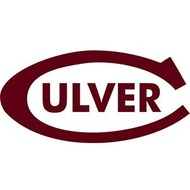The Physics of Pool
(View Complete Item Description)The objective of this lesson is to illustrate how a common everyday experience (such as playing pool) can often provide a learning moment. In the example chosen, we use the game of pool to help explain some key concepts of physics. One of these concepts is the conservation of linear momentum since conservation laws play an extremely important role in many aspects of physics. The idea that a certain property of a system is maintained before and after something happens is quite central to many principles in physics and in the pool example, we concentrate on the conservation of linear momentum. The latter half of the video looks at angular momentum and friction, examining why certain objects roll, as opposed to slide. We do this by looking at how striking a ball with a cue stick at different locations produces different effects.
Material Type: Lecture


















